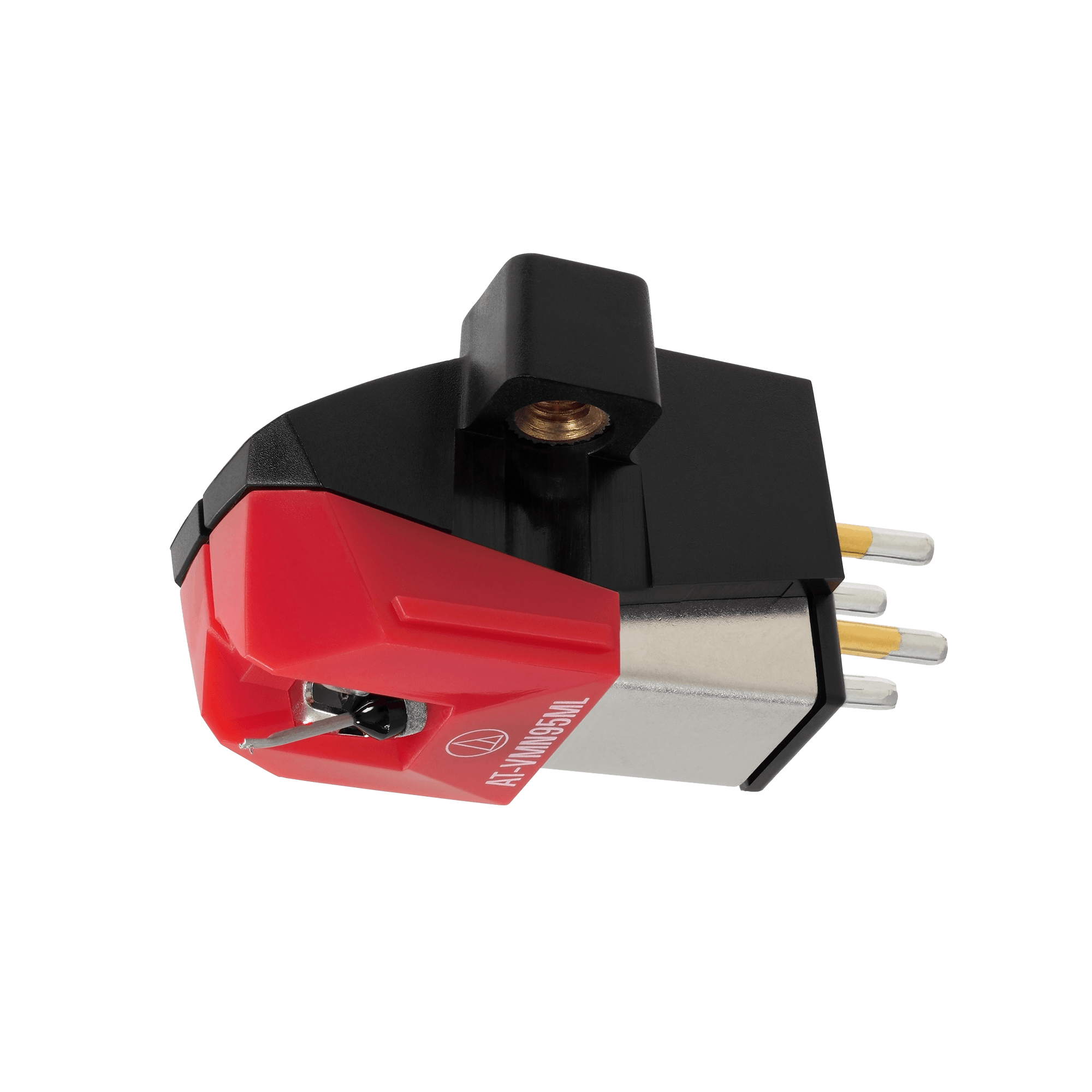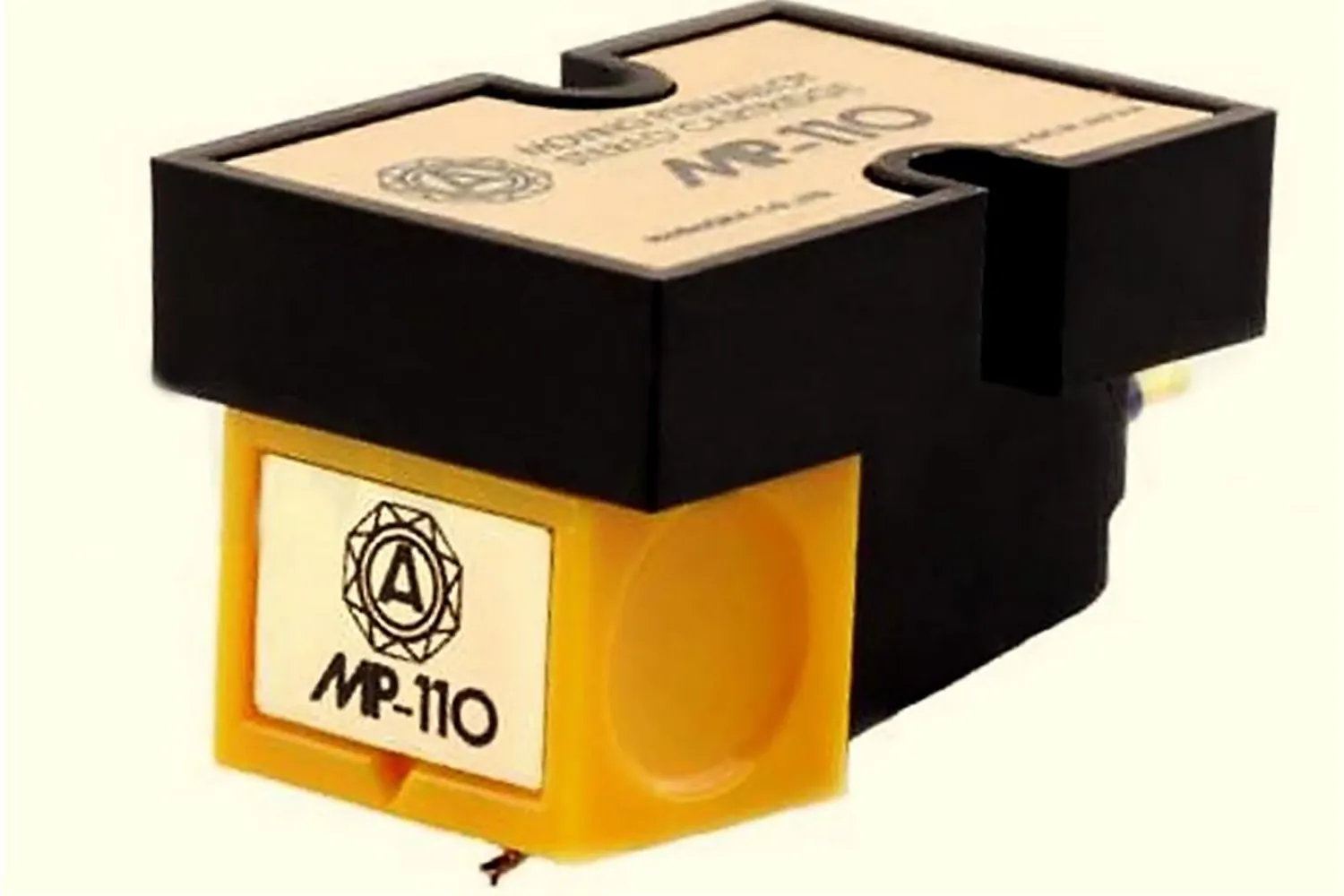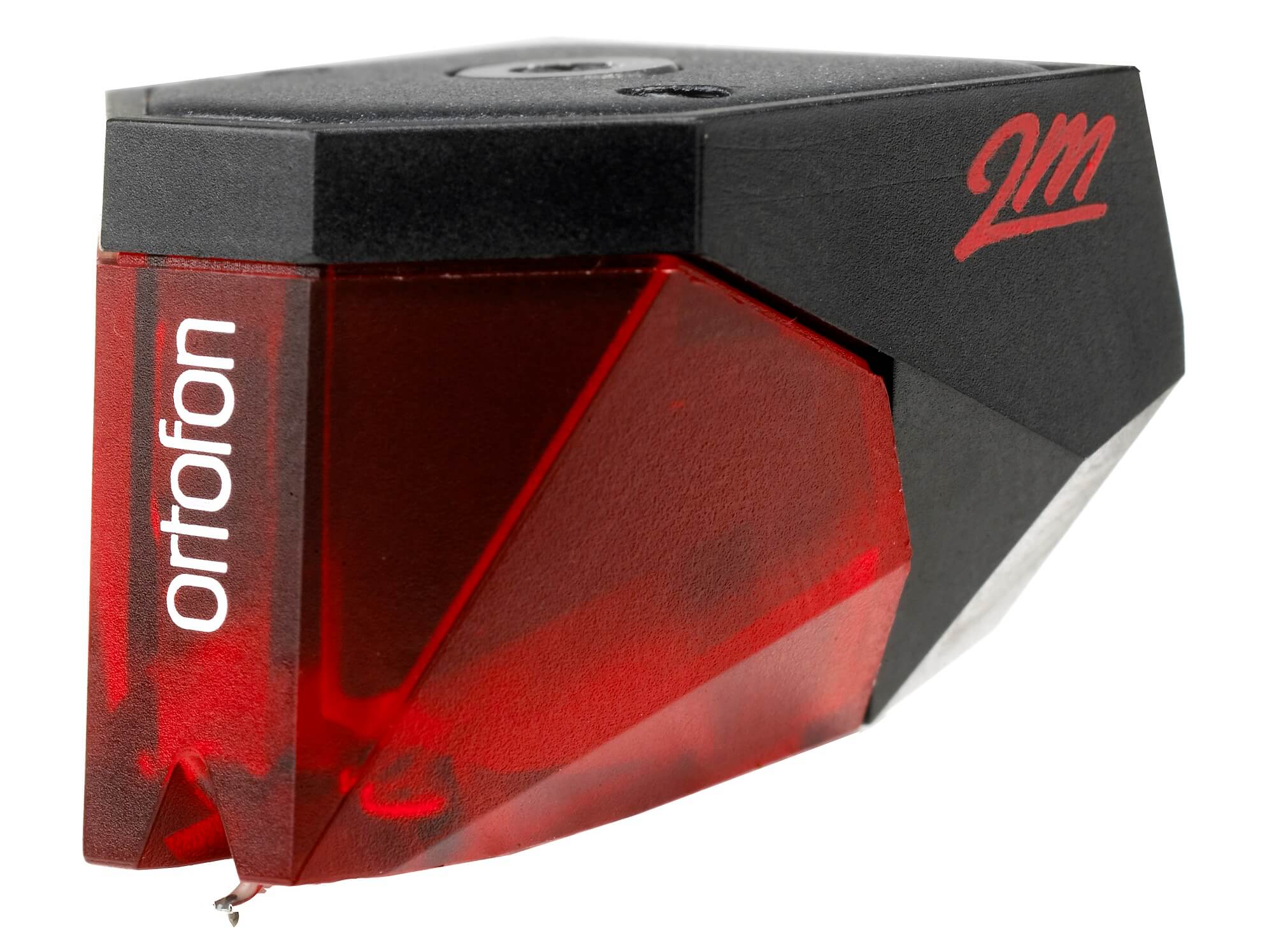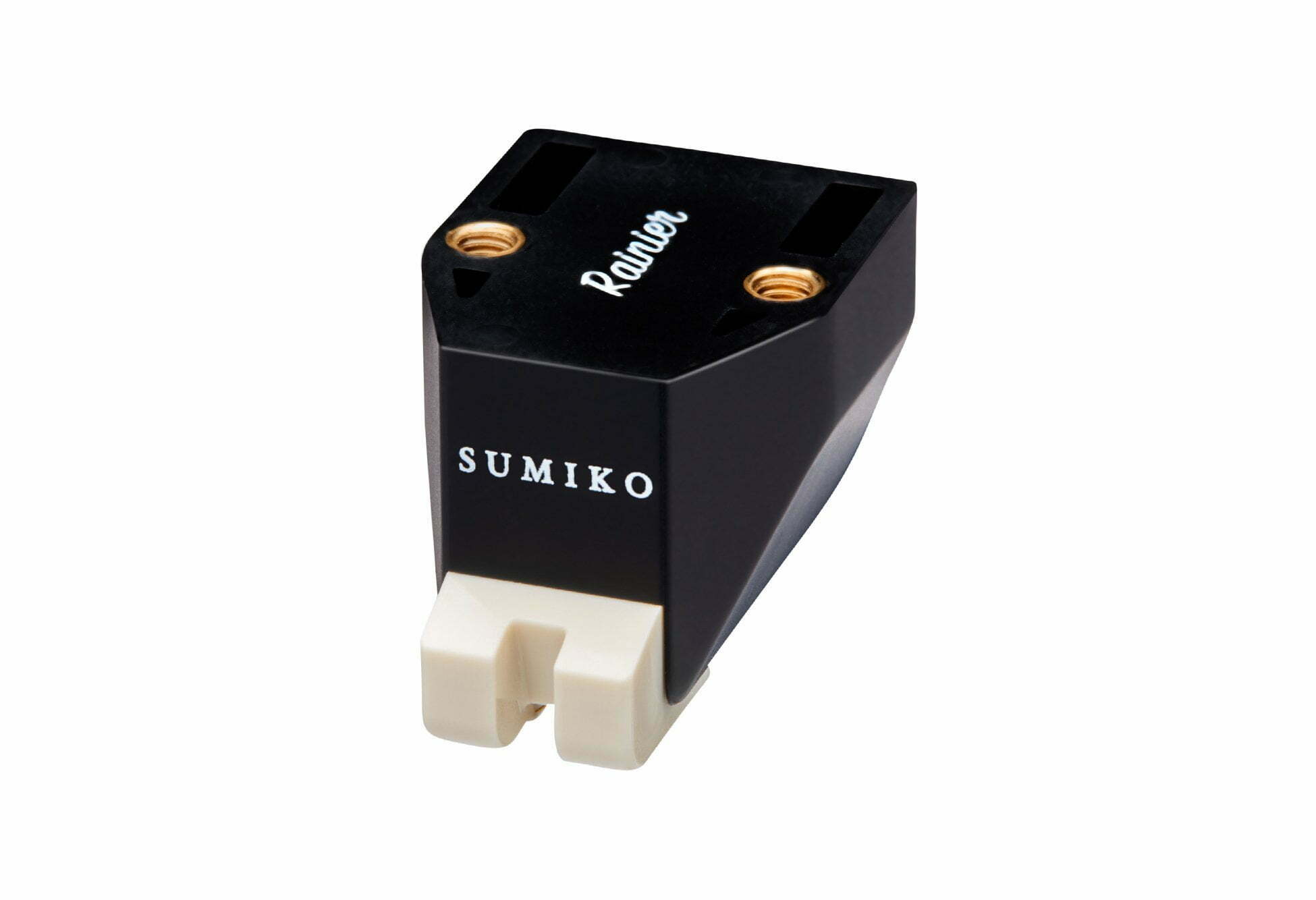The phono cartridge is one of the most critical parts of your turntable audio experience. Since it is responsible for relaying the electro-mechanical signal from the grooves on a vinyl record, the capabilities of this tiny device can define the entire potential of your record player!
For that reason, if you want to enjoy an unmatched turntable experience, you have to pay great attention to the phono cartridge that you install to your system, and that’s where this article comes in handy!
Since some phono cartridges can be quite pricey, this guide will help you pick the best phono cartridge under $200 by reviewing some of the best options within that price range. So without further ado, let’s dive right in!
How We Review Phono Cartridges
In order to make sure that we pick the best possible products for this guide, we started out by sorting and trying all of the popular phono cartridges that are within the $200 price range (as well as a few underrated options).
While testing out the phono cartridges, we tried to eliminate as many variables as possible so that all the results can be noted with the least external impact possible.
Additionally, while testing, we used a variety of audio samples that amplify different sounds, such as bass and treble. This helps in giving each and every option a chance to show what they’re best at for a fair comparison.
After carefully testing all the phono cartridges, we’ve kept the ones that did exceptionally well in terms of sound quality, ease of installation, and compatibility with a wide range of turntables.
Top 5 Under $200 Phono Cartridges Available on the Market
In order to help you with the process of picking the best phono cartridges for your needs, we’ve tested a huge variety of options on the market within that price range.
In the following section, we’ll walk you through brief overviews of the best options that the market has to offer, so you can pick the one that suits your needs!
1. Best Overall: Audio Technica AT-VM95ML Turntable Cartridge
Pros
- Unmatched stylus construction and audio quality at that price range
- Remarkably durable construction that lasts for up to 1,000 hours of playing
- Highly compatible with a variety of other VM95 Series cartridges for easy upgrades
Cons
- Although the installation process is simple, aligning the cartridge can be quite tricky
Kicking off the list with one of the best options that you can find at such a price range. The VM95ML cartridge from Audio Technica offers an incredible bang for the buck.
In fact, it is one of the few options on the market that uses the materials included in its construction, which are rarely seen in that class of moving magnet cartridges!
For example, this dual magnet turntable cartridge features a 2.2 x 0.12 mil nude microlinear stylus that offers a vastly superior sound resolution when compared to other options like elliptical and conical styli.
This excellent stylus eliminates all kinds of inner groove distortion with incredibly accurate tracking, even at relatively high frequencies. Another advantage of using this stylus is that it lasts significantly longer, especially with the nude square shank construction!
You can really hear the difference between the sound quality of this cartridge and almost all other options that come at a similar price, especially if your musical taste is broad or you want a cartridge that offers excellent sound quality even while playing worn and old records!
The cartridge is easy to install as it only uses the two M2.6 threaded inserts that come with the cartridge without needing nuts. It also comes with the same engine and assembly as all other VM95 Series cartridges, allowing you to upgrade your cartridge with relative ease in the future.
As for the specifications, the cartridge has 20 to 25,000 Hz frequency response along with 1.8 to 2.2 gm tracking force and 23 dB channel separation at 1 kHz, which offers excellent stereo quality audio.
2. Runner-Up: Nagaoka MP-110 Cartridge
Pros
- Highly smooth, tempered, and well balanced sound quality
- Easy to install and adjust for the optimal audio experience
- Solid build quality with refined quality materials
Cons
- Suffers some minor inner groove distortions
Next up, we have the Nagaoka MP-110 cartridge, which is a criminally underrated cartridge that offers an exquisite audio experience despite being relatively affordable.
The Japanese moving magnet cartridge is a half-inch mount with a durable housing that is made of resonance-resisting polymer and features an aluminum alloy cantilever, allowing the cartridge to record the tiniest of vibrations while maintaining excellent build quality!
We would’ve loved it if the cantilever of this cartridge was made of boron like higher end Nagaoka cartridges, but with the sound quality and price it comes with, it still offers a lot of value for money to be our runner up option!
The Nagaoka MP-110 cartridge features a 0.4 x 0.7 mm elliptical stylus with a bonded diamond tip and a powerful dual cobalt magnet.
This setup allows for incredibly smooth midrange audio along with some decent bass and surprisingly warm treble. The sound may not be the richest when compared to high end options, but for an under $200 cartridge, you’re getting excellent value in terms of sound quality.
The cartridge stylus has a tracking force of between 1.5 to 2.0 gm. Although the sweet spot for most listeners should be around 1.8 gm, this range gives you a nice room for personal adjustment.
The entire cartridge weighs around 6.5 gm and has a standard frequency response of 20 to 20,000 Hz along with a channel separation of 23 dB at 1KHz.
3. Best Budget Choice: Ortofon 2M Red Moving Magnet Cartridge
Pros
- Ideal for buyers on a strict budget
- Excellent level of durability and longevity with up to 2,000 hours of playing time
- Easy to install and replace the stylus.
Cons
- You can only upgrade it to 2M Blue, but not the 2M Bronze or the 2M Black
If you’re on a tight budget and you’re looking for a decent option that can save you as much money as possible without compromising the quality of your turntable experience, you shouldn’t look further than the Ortofon 2M Red.
This one is the most affordable cartridge of the renowned 2M series, but despite being an entry level option, it’s a remarkably impressive one in terms of sound quality and ease of installation!
In fact, compared to the previously mentioned Nagaoka MP-110, this one offers better tracking of relatively high frequency sounds. Not only that, but it features a tracking force of around 1.6 to 2.0 gm with the optimal pressure being at 1.8 gm.
Related: Best Phono Cartridge Under $100
Another similarity between the Ortofon 2M Red and the Nagaoka MP-110 is that it also features an elliptical bonded diamond stylus tip that works decently well with a wide range of musical genres.
Although this one belongs to the 2M cartridges, the engine is only compatible with the 2M Blue, which limits your options if you’re planning to upgrade later.
One of the most impressive features of this phono cartridge is its sturdiness. According to the manufacturer, this phono cartridge is capable of lasting for up to 2,000 hours of playing while showing audible changes only after the first 1,000 hours, adding a lot of value to your purchase!
When it comes to specifications, the Ortofon 2M Red is a mixed package. On one hand, the 5.5 mV output offers a highly dynamic audio quality.
On the other hand, the 20 to 22,000 Hz frequency range is pretty limited when compared to other cartridges on the list. With that being said, unless you’re a seasoned audiophile, noticing the differences can be quite tricky, so you won’t have to worry about it.
4. Sumiko Rainier Phono Cartridge
Pros
- Compatible with a variety of upgrade options
- Reliable build quality that lasts long and resists internal resonance
- Easy to install
Cons
- Not ideal if you want to accentuate a particular aspect of music
The Sumiko Rainier is another excellent moving magnet cartridge that you might want to consider if you’re looking for a solid build and audio clarity without spending a fortune.
This one belongs to the Oyster lineup which is known for offering outstanding quality for a relatively good price.
We’ve previously made a comprehensive comparison between this product and the Ortofon 2M Blue, and while the 2M Blue offered a relatively higher sound quality, the differences were extremely limited and even some can only be picked by a trained ear.
So, for the price gap between the two, the Sumiko Rainier is a brilliant choice if you want to stay under $200 with some cash to spare!
This one features an elliptical stylus tip, which is expected at such a low price. The cartridge is also decently easy to install and features an aluminum tube cantilever with a channel separation of 25 dB at 1 kHz.
The Sumiko Rainier is equipped with a 5.0 mV engine. Although it’s pretty average for a moving magnet cartridge, it still gets the job done when it comes to efficiency and performance.
You can easily upgrade your Sumiko Rainier rig with the Olympia and Moonstone cartridges, giving you a wider range of choices than the Ortofon 2M Red.
The tracking pressure of this cartridge is 1.8 to 2.2 gm with the sweet spot being at 2.0 gm. It also has a full range frequency response that ranges from 12 Hz to 25,000 Hz
This cartridge also features an impressive housing that is designed to resist internal resonance by channeling it away from the generator, which greatly helps in reducing distortions and maintaining high audio resolution.
5. Goldring E3 Phono Cartridge
Pros
- Great sound quality with warm and balanced ranges for its price
- Very easy to fit into your turntable tonearm
- Highly compatible with various headshells making it a great upgrade.
Cons
- The cantilever is a bit flimsy and can snap easily.
The Goldring E Series is another option that you might want to consider if you’re looking for an affordable choice that doesn’t compromise the quality of the sound produced.
The E Series features 3 models that share a lot of properties and features, with the E3 being the highest end option, especially when it comes to the stylus tip used as well as the cantilever.
This one features a 0.3 x 0.7 mil super-fine elliptical diamond stylus tip, which is capable of picking tiny signals with an outstanding level of reliability.
The sound range of the Goldring E3 is fairly similar to the Ortofon 2M Red, but with noticeable improvement in various aspects.
For example, with the Goldring E3, you can notice the separation of the audio much cleaner, especially if you want to enjoy punchy audio in comparison with the muddy trebles of the 2M Red.
The E3 also comes with a lightweight aluminum tube cantilever that is capable of translating the tiniest grooves of a vinyl record into clear audio without picking up too much inner groove distortion.
Yet, we’ve noticed that the cantilever seems a bit flimsy and will easily break if not handled with extra care, which can be a problem for some users.
The cartridge has a frequency range of 20 Hz to 20,000 Hz as well as a tracking force that ranges from 1.5 gm to 2.5 gm, with 2.0 being the recommended pressure.
All in all, like the Sumiko Rainier, this one is better compared to the 2M Blue, and given that it is significantly more affordable than the Japanese counterpart, the Goldring E3 is a wonderful choice at its price range!
What to Look for When Buying a Phono Cartridge for Your Turntable
With all the options on the market, choosing the ideal phono cartridge for your needs can be a little tricky, especially when you don’t know the differences between them.
In this section, we’ll take a look at all the aspects and features that you need to keep in mind while buying a phono cartridge.
Stylus Shape
One of the most important aspects when it comes to turntable phono cartridges is the stylus. Since this is the main part that comes in contact with the vinyl record, it has to be extremely sensitive with refined quality in order to pick up the elements of the sound with accuracy.
When it comes to the shape of a phono cartridge, the most popular shapes at such a price range would be conical, elliptical, and microlinear.
Other shapes like Shibata and Special Line Contact are reserved for high end options that are far beyond $400 or even more.
Of the common 3 options, the microlinear is the superior option in terms of sound quality and resolution.
The elliptical and conical styli are far more common among sub $200 cartridges, but you should always consider the elliptical ones whenever possible.
Stylus Construction
Another aspect of the stylus that you should also consider is the construction of the stylus. Ideally, a cartridge stylus can either be nude or bonded.
A nude stylus is simply a stylus made from whole diamonds while a bonded stylus refers to the diamond being bonded to a metal shank while finishing.
Bonded styli are more common at such price ranges because they’re more affordable to make. However, the heavier weight of the metal makes them less accurate and sensitive in addition to being less durable.
For that reason, whenever possible, we highly recommend that you go for a nude stylus because you can easily tell the difference as an audiophile.
Mounting System
When it comes to mounting cartridges on tonearms, there are two common systems out there, although one of them is far more popular than the other.
The first one is the “half-inch” type, which is usually secured to the tonearm of the turntable using two vertical screws with a space of 1/2 inch apart.
It also features 4 posts that allow you to connect the leads of the tonearm. This one is actually so common that some even refer to it as a “standard” mount.
The other less common type is the P-mount system, which uses 4 small pins that plug directly into compatible tonearms, so they don’t require a headshell.
Cantilever
The cantilever refers to the tube responsible for transferring the energy from the tip of the stylus to the magnet.
As a result, it’s always necessary that the cantilever stays lightweight yet quite solid. For that reason, materials like carbon, boron, copper, and aluminum alloy are all used to make cantilevers.
Aluminum is the most common material for cantilevers, especially at that price range, because it’s decently durable while staying lightweight.
However, if you’re planning to upgrade later on, consider opting for a cartridge with a boron cantilever.
Tracking Force
This one describes the stylus’s ability to track the fine groves of a certain record, which is expressed in grams placed on the tonearm by the cartridge. This shouldn’t be confused with trackability, which is measured in micrometers (μm).
The ideal tracking force will vary depending on the model of your turntable and the adjustability of the counterweight. However, anything between 1 to 3 gms should be good enough for an entry level record player.
Users Also Read: The 7 Best Ultrasonic Vinyl Record Cleaners
Ease of Installation and Upgradability
No matter how good a cartridge can be, it’s no use if you can’t use it or install it on your record player, so it’s very important to make sure that the cartridge you’re going for is easy to install.
Another bonus for long term use is upgradability, as many cartridges are compatible with their upgrades because they have a similar build and engine.
In that case, you only need to buy a replacement stylus instead of buying a whole new set.
Which Phono Cartridge Should I Go for?
Choosing a good phono cartridge with maximum spending of $200 can be a tricky task.
However, if you want a phono cartridge that will give you all the durability and audio quality you’re looking for while staying relatively affordable, you should definitely go for our top recommendation of the day, the Audio Technica AT-VM95ML Turntable Cartridge.
While this one comes at a fraction of what premium options would set you back, it can still give them a run for their money, as it’s one of the few (if not the only) phono cartridge with a nude microlinear stylus at that price range!
A close runner-up to the Audio Technica here would be the Nagaoka MP-110 Cartridge, which offers an outstanding level of audio fidelity without marking a dent in your wallet!
Alternatively, if you’re looking for the most affordable Phono cartridge that can still give you great value for your hard-earned cash, you might want to give the Ortofon 2M Red a try.
FAQs
When Should I Replace a Phono Cartridge?
The answer to this question depends mainly on the level of durability of the stylus and the build quality of the phono cartridge in question.
Ideally, the average phono cartridge is built so that it can last anywhere between 300 to 600 hours of playtime, which is equivalent to around 3 to 5 years of use if you’re a casual listener.
However, some premium materials, such as a nude microlinear stylus, could last for up to 1,000 hours. For that reason, make sure that you check the longevity rating of each cartridge individually.
Are Turntable Phono Cartridges Universal?
Although there are general types of phono cartridges like Standard and P-Mount, turntable cartridges are not universal.
Depending on the brand and model of a cartridge, it will have a unique installation method that can be quite different from others.
With that being said, some brands make their phono cartridges so that they’re compatible with more advanced models, such as the Ortofon 2M Red and 2M Blue.









